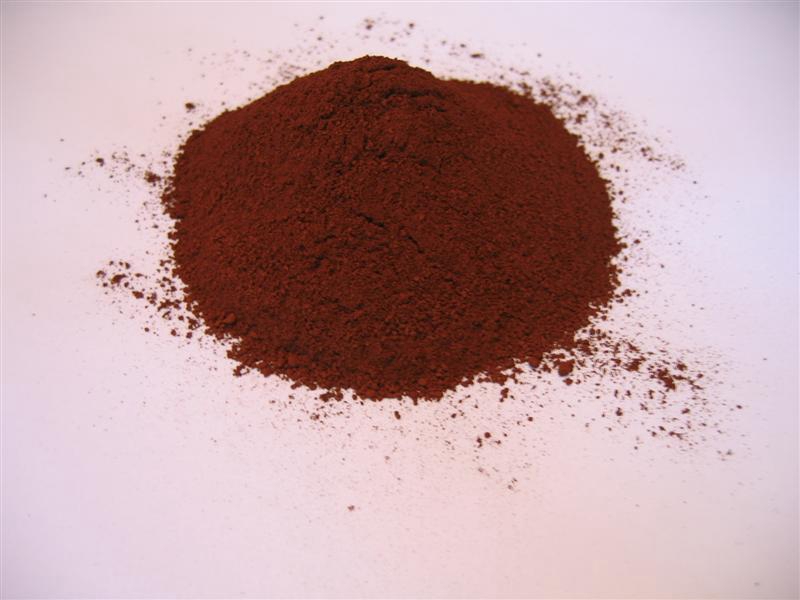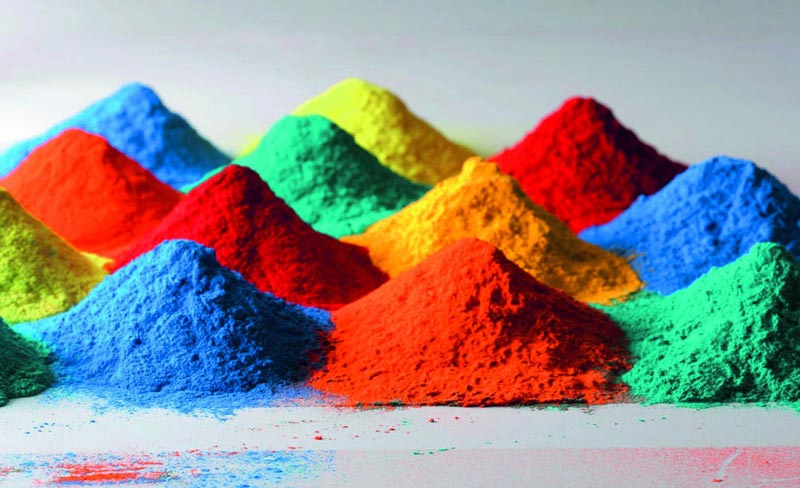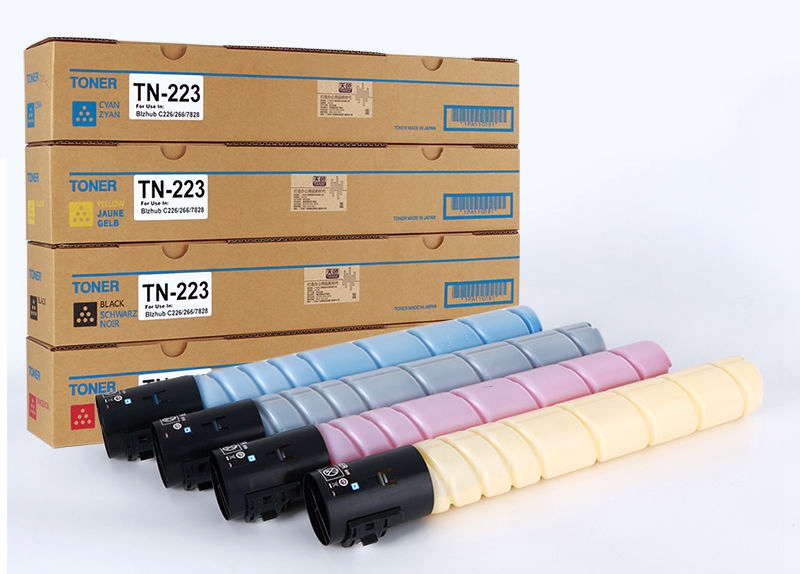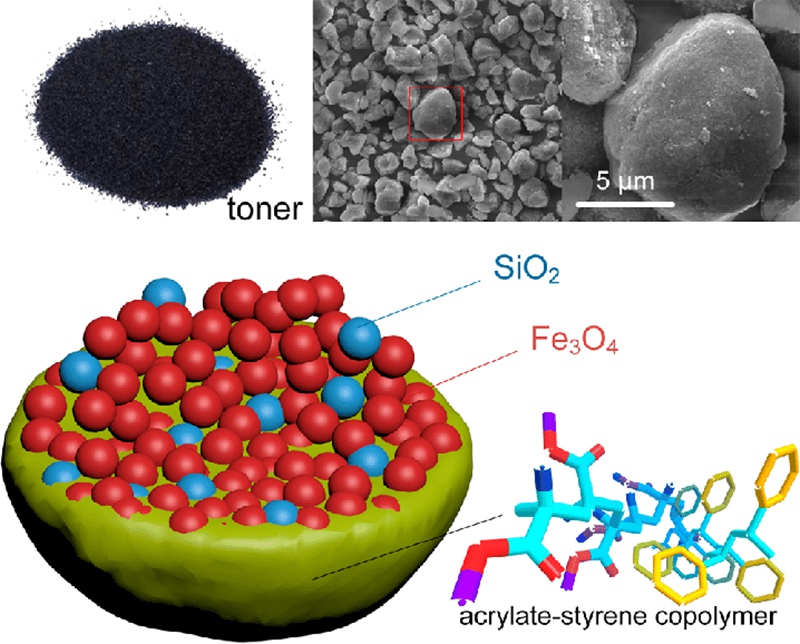What is the most common work in a conventional office? Printing various types of stuff for work, right? Sometimes, you need to use a copier or sometimes you need to use a laser printer for the accuracy. However, in either case, you need to use a toner, one of the main components of a photocopier or a printer. But much to our surprise, a lot of people just don’t know what is copier toner made of. In this article, we’ll therefore explain this matter which will help you better understand the toner of a photocopier or of a printer.
Copier toner is a chemical solution used to create xerographic images – to put it simply – it’s the solution which allows laser printers to print. Many industrial laser-based printers and photocopiers in office environments use toner, which is contained in a large plastic cartridge. Fine powder and pigment constitute the core ingredients of toner. However, each toner cartridge contains varying ratios of ingredients depending on the manufacturers.
Toner Powder
The powder mixture contained in the toner cartridge of a copier is actually what the term “toner” refers to. Toner powder is ultimately the major ingredient in copier toner. Early types of toner are strictly carbon powder, however, nowadays specific polymers are used in the creation of printer toners. There are a few different types, but styrene copolymer and styrene acrylate, together with polyester resin are the most commonly used. Various mixed ingredients constitute toner powder, in turn making up miniscule particles that normally range in size from 5 to 15 microns – a millionth of a meter – around. Toner manufacturers strive on creating as small of toner particles as possible. The smaller the particles, the better the print quality.
Plastic
Heat-sensitive plastic powder particles account for the majority – approximately 60% – of toner powder’s content. During the laser printing process, small amounts of plastic powder particles melt, allowing the toner to stick to the paper and produce an image.
Iron Oxide

According to the SmartComputing Encyclopedia, iron oxide normally accounts for around 40% of toner powder’s composition. Commonly known as rust, this reddish brown substance helps generate the magnetic charge necessary to oppose the charge of the other toner powder particles, serving as a “carrier” so the toner sticks to the proper spots on the rotating drum.
Pigment

Pigment is a powder substance which renders the toner its color. Pigment gives various hues to all the mixed components of toner powder. For example, black laser toners still contain carbon black powder, as in early laser toner models, combined with powdered plastic; cyan laser toners contain pigment blue 15:3, composed of Copper Phthalocyanine; magenta laser toners contain pigment red 122, composed of 2,9-Dimethyl-Quinacridone; and yellow laser toners contain pigment yellow 180, composed of Benzimidazole.
Other Ingredients
Very small amounts of ground sand and wax hold together the combination of plastic, pigment and iron oxide in toner powder. Just like the plastic, wax helps the distribution of copier toner powder across sheets of paper as it melts.
Sometimes, fumed silica ground to a fine powdery consistency is added to enhance the flow capacity of solids within the laser toner cartridge and lower the risk of particles sticking to one another. In addition, charge control agents are also added to the toner powder to maintain the charge of the plastic powder particles which is essential to the laser printing process. Charge control agents may include zinc, iron or chromium.
It turns out that toner is mostly powdered plastic – and that’s the key to the whole laser printing technology. Plastic has two handy features: you can move it around like magic with static electricity, and you can then melt it onto sheets of paper for crisp, smudge-proof images. This technique of printing with powder in place of ink is known as xerography, and it functions just the same whether you are printing or copying. Though actual formulations and ingredients vary from manufacturer to manufacturer, you can still get a glimpse of the basic composition for most laser printers and copiers. We hope you find this article of value and finally know what is copier toner made of.
Post time: Jun-26-2019



